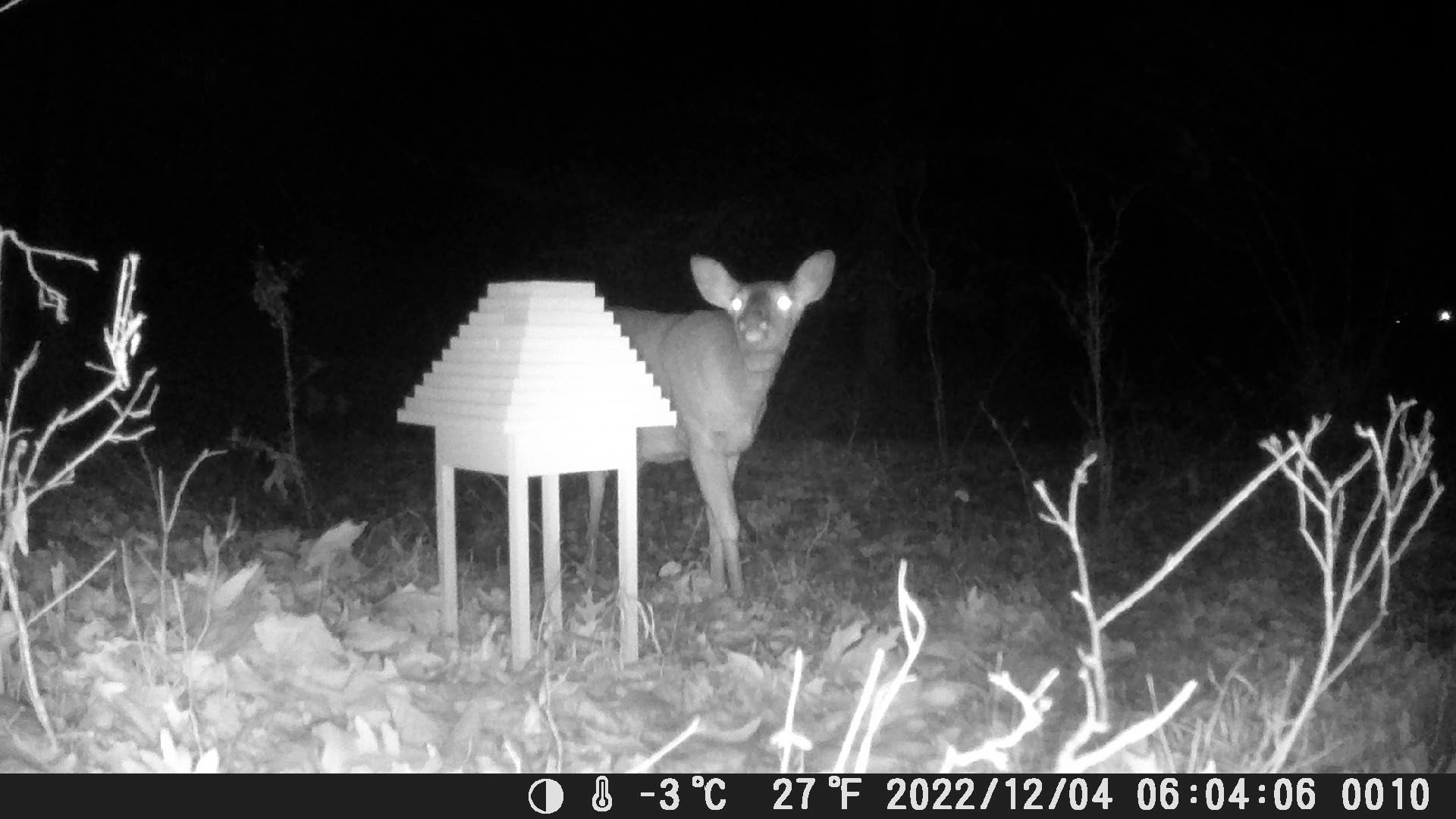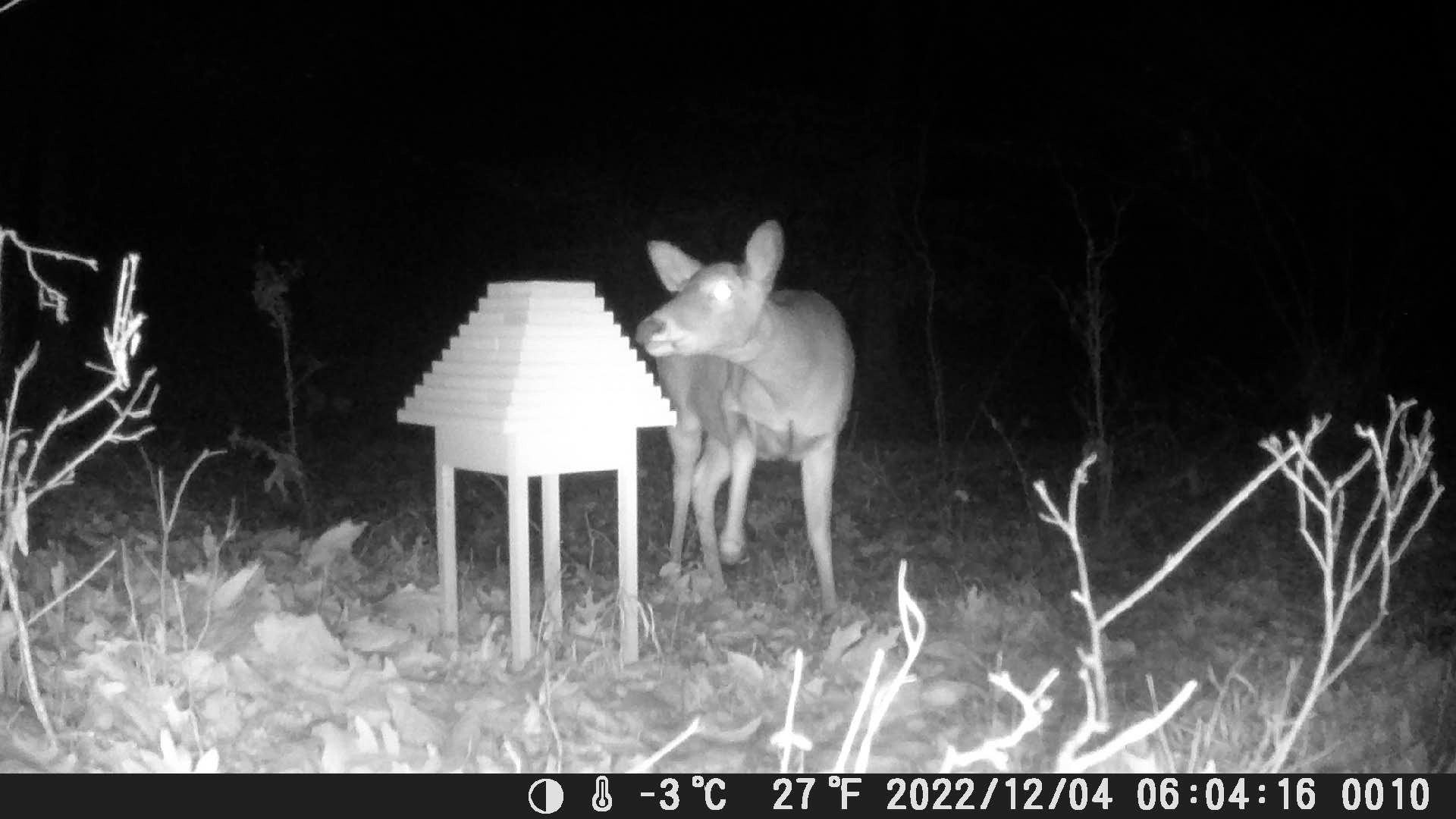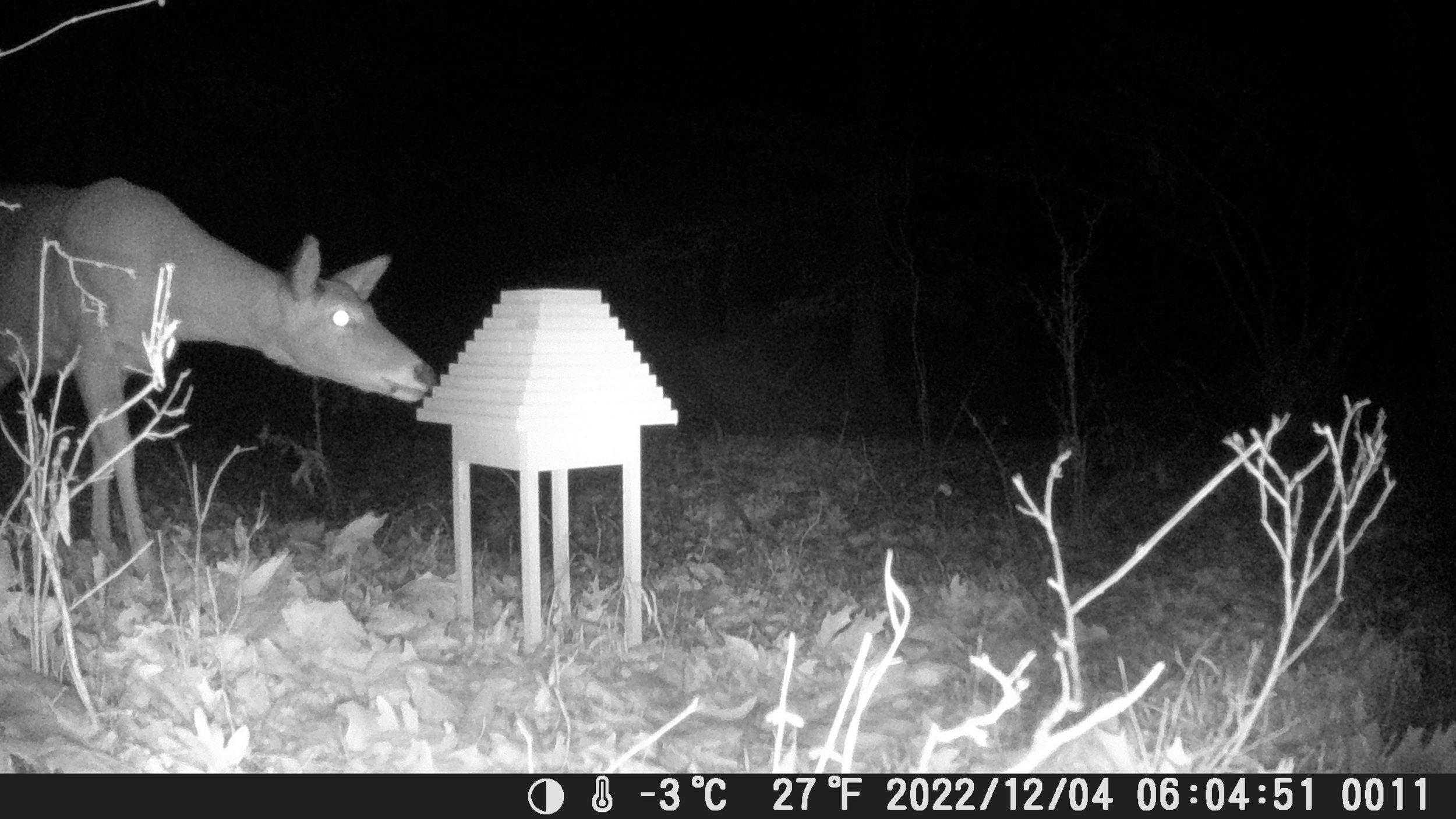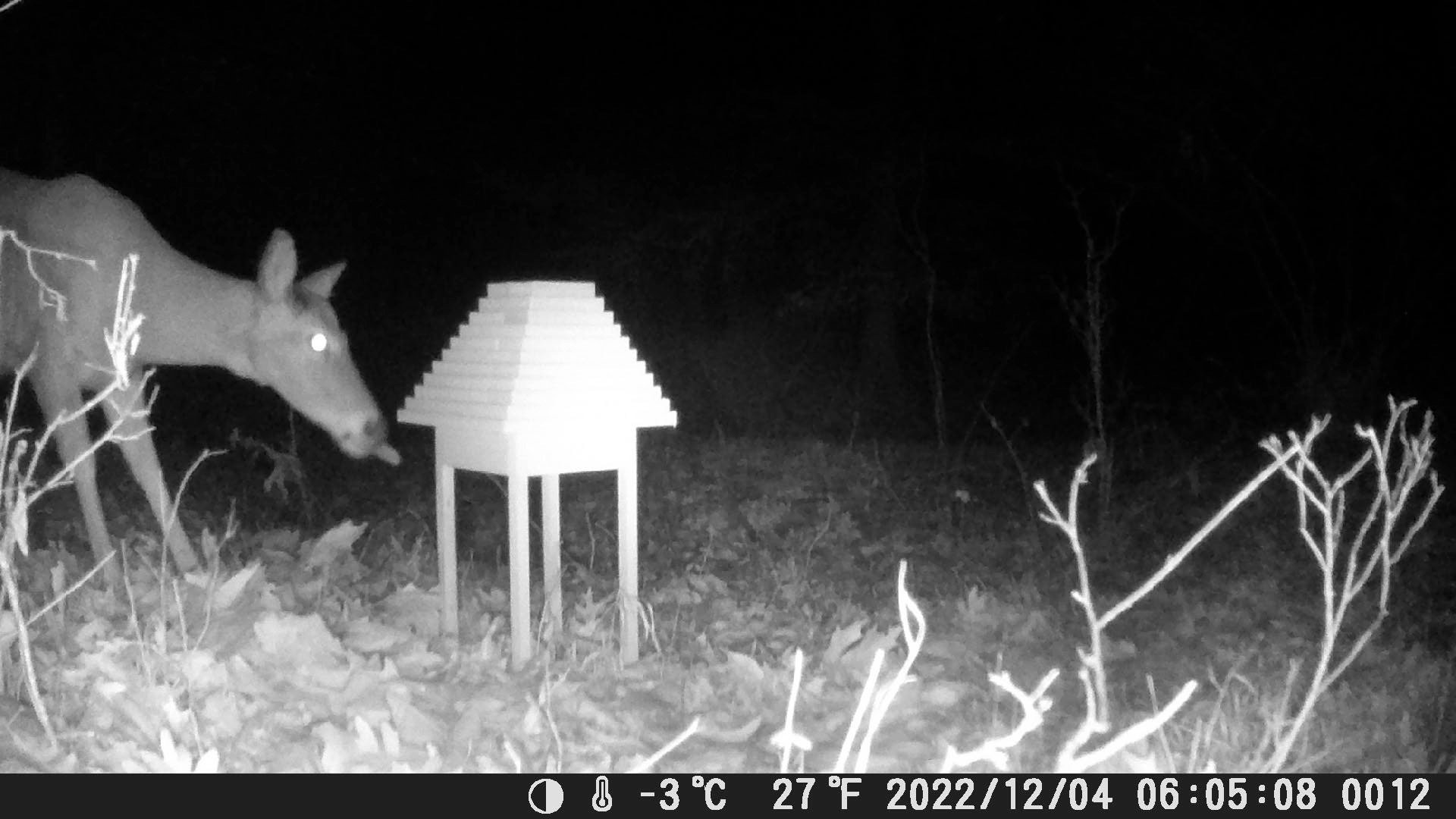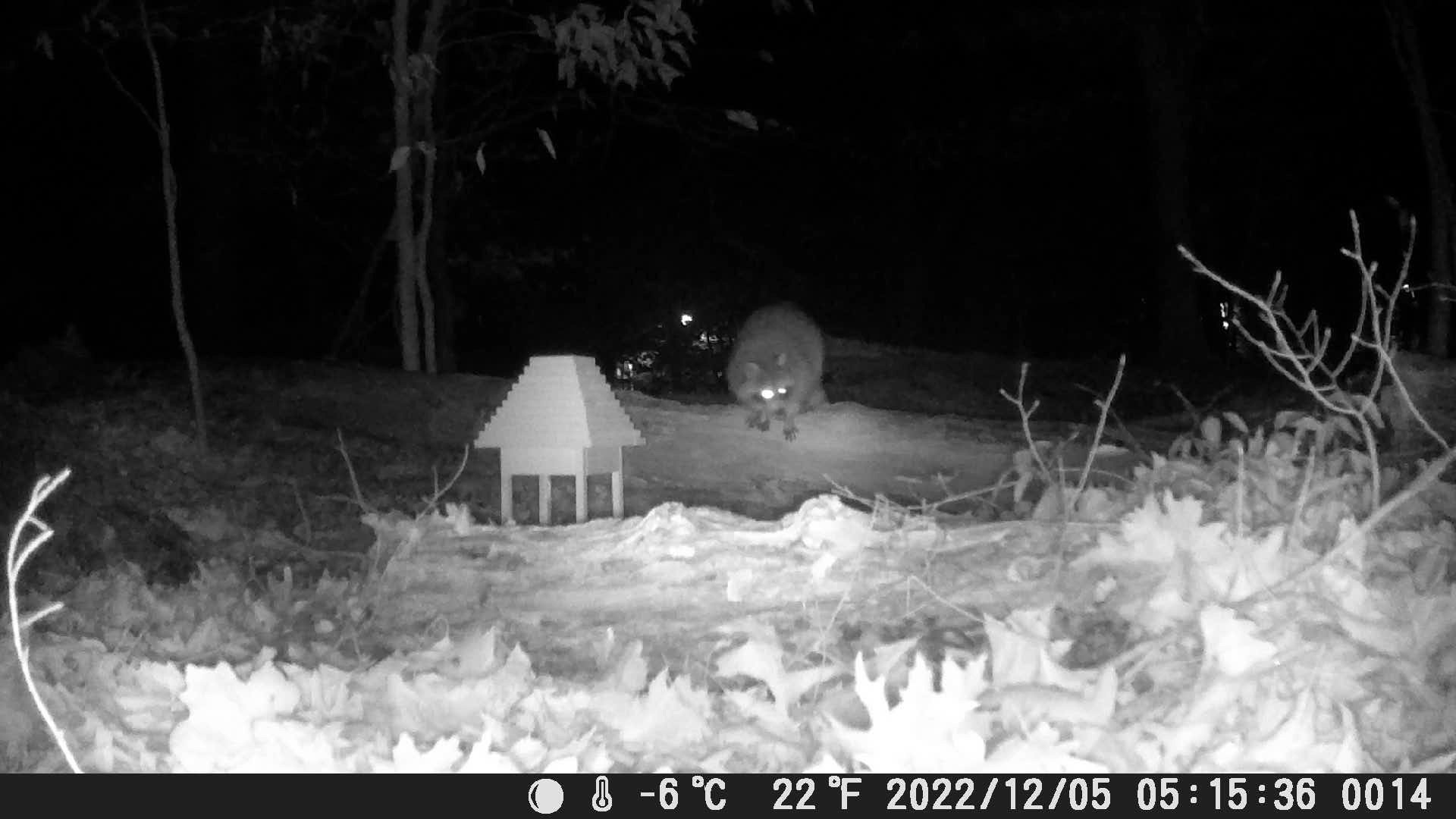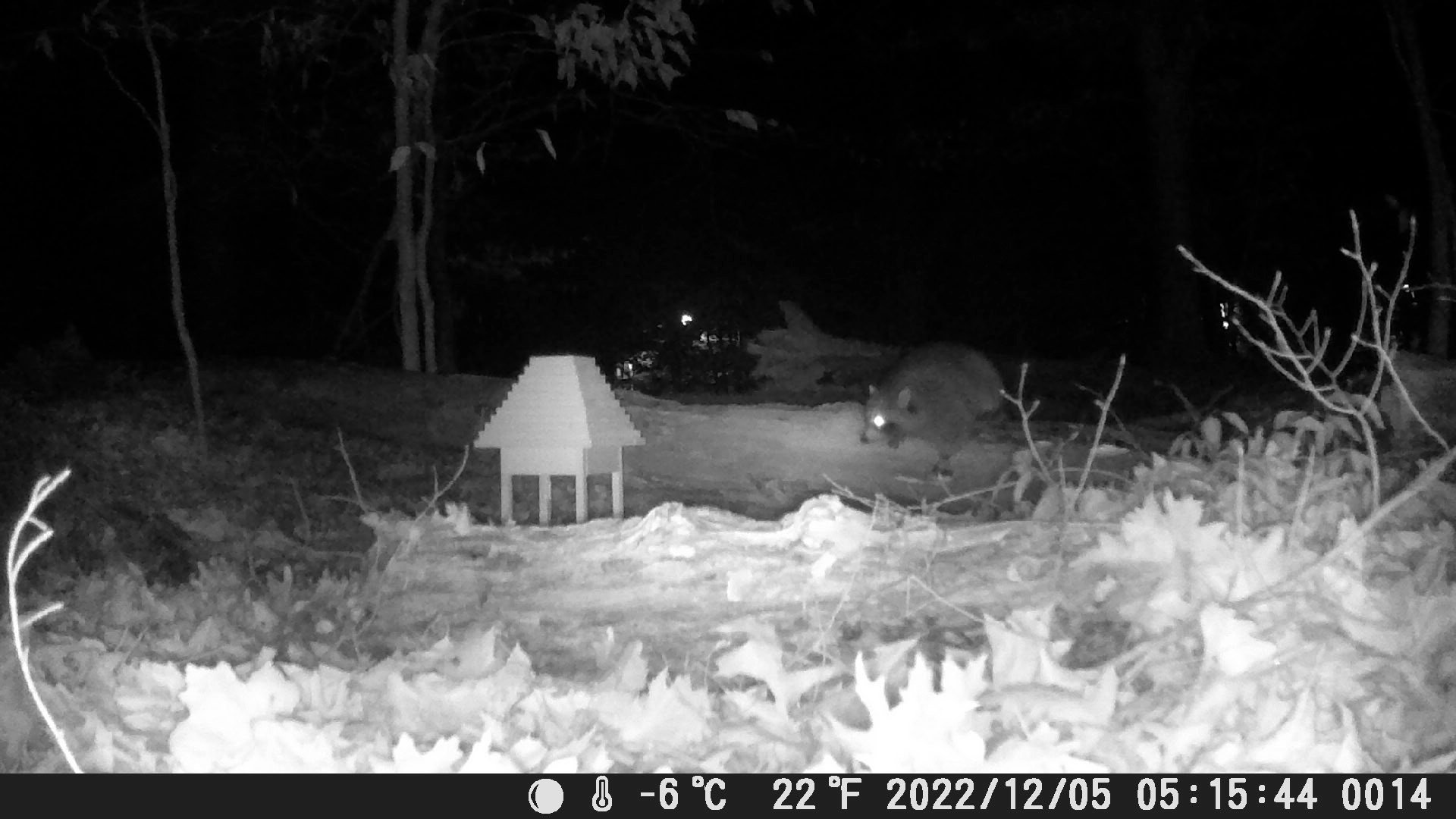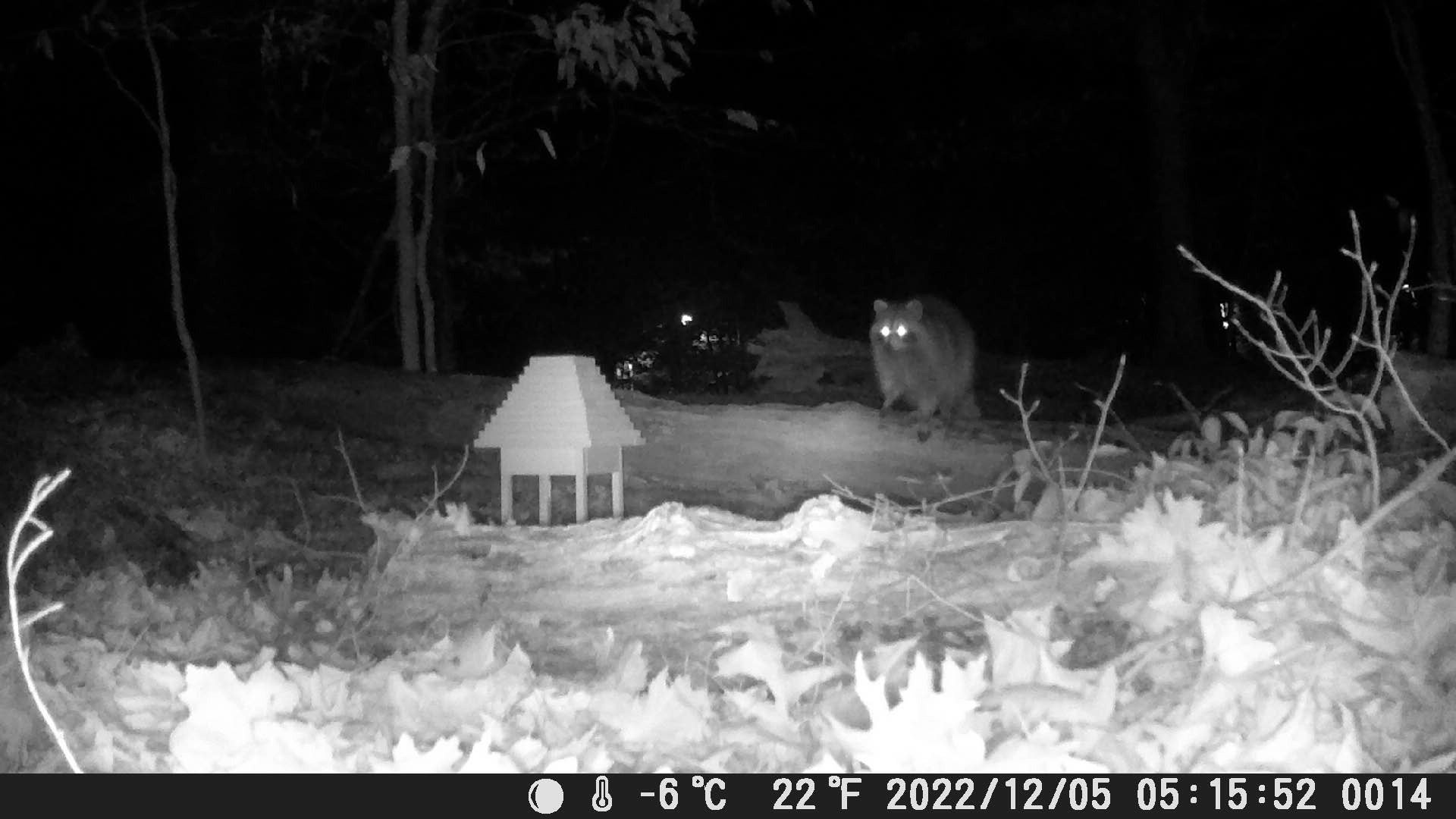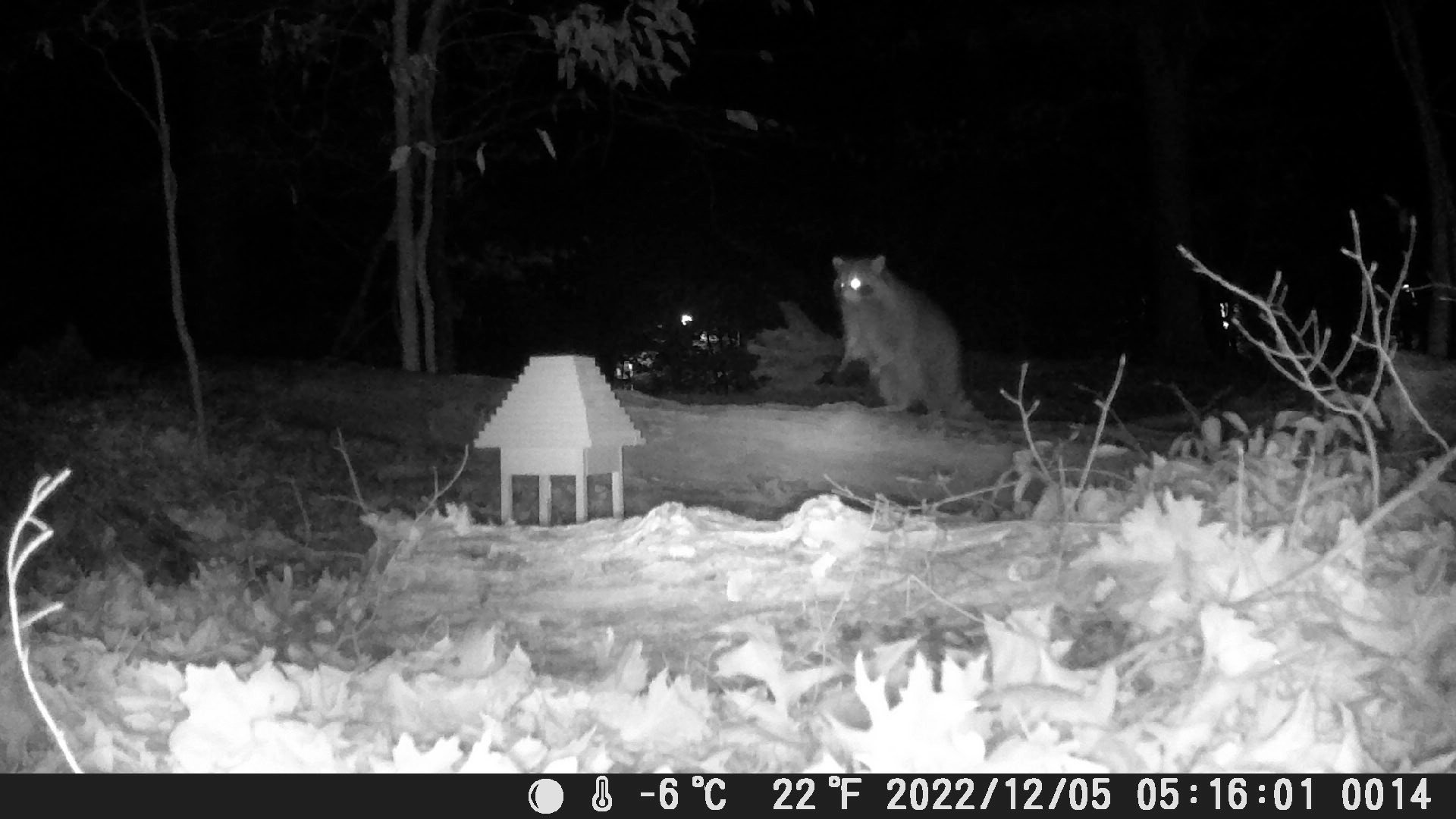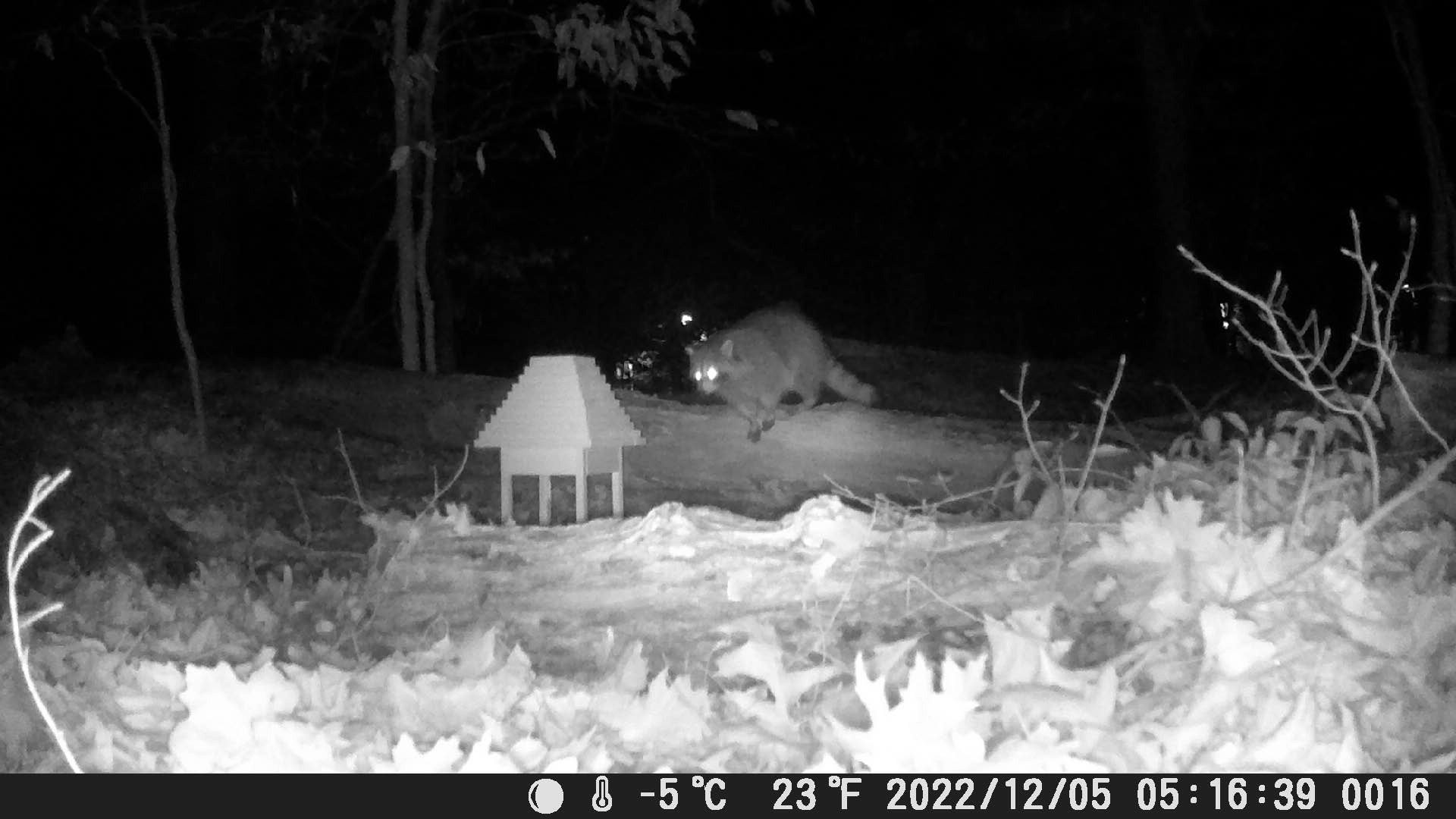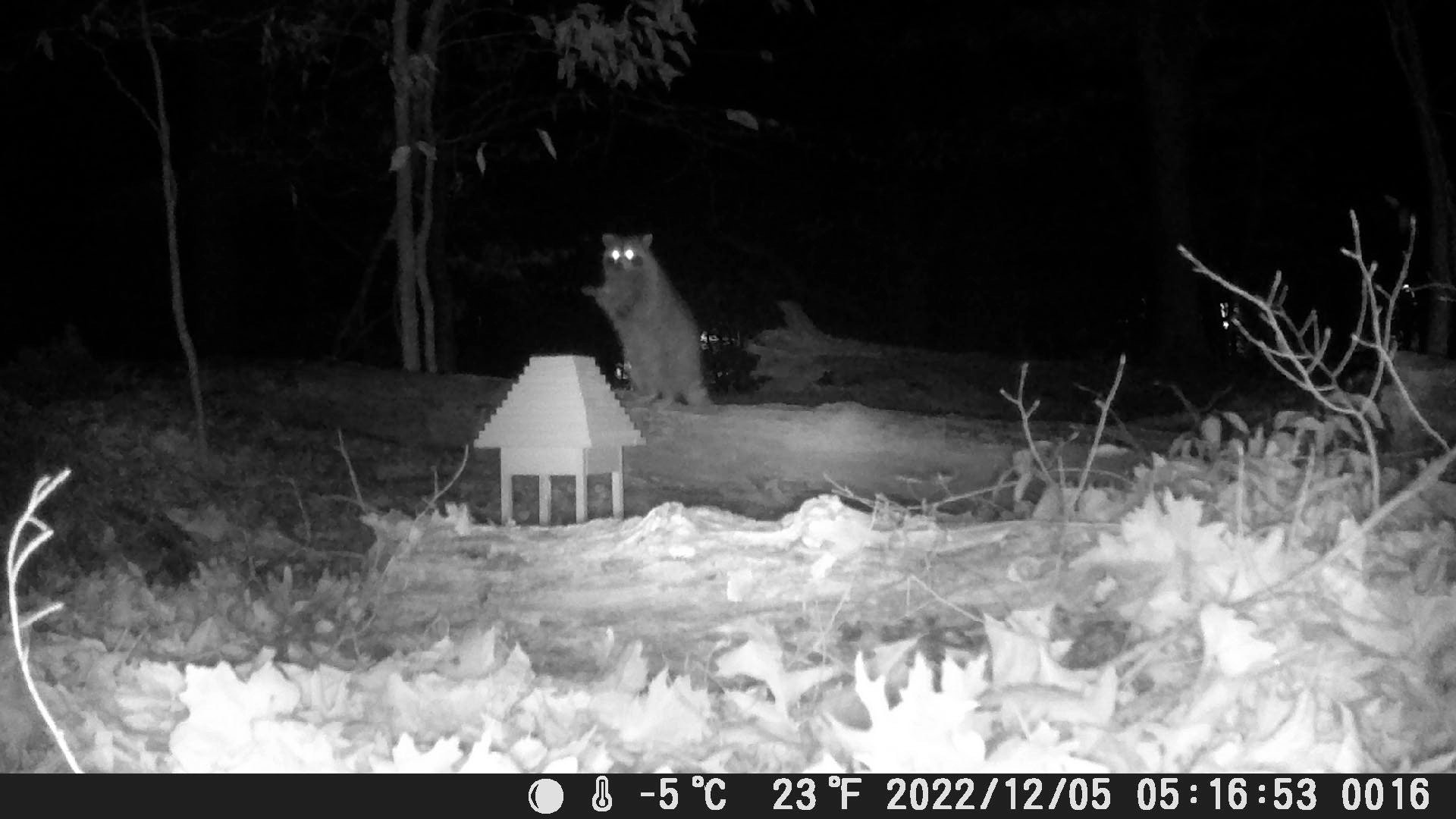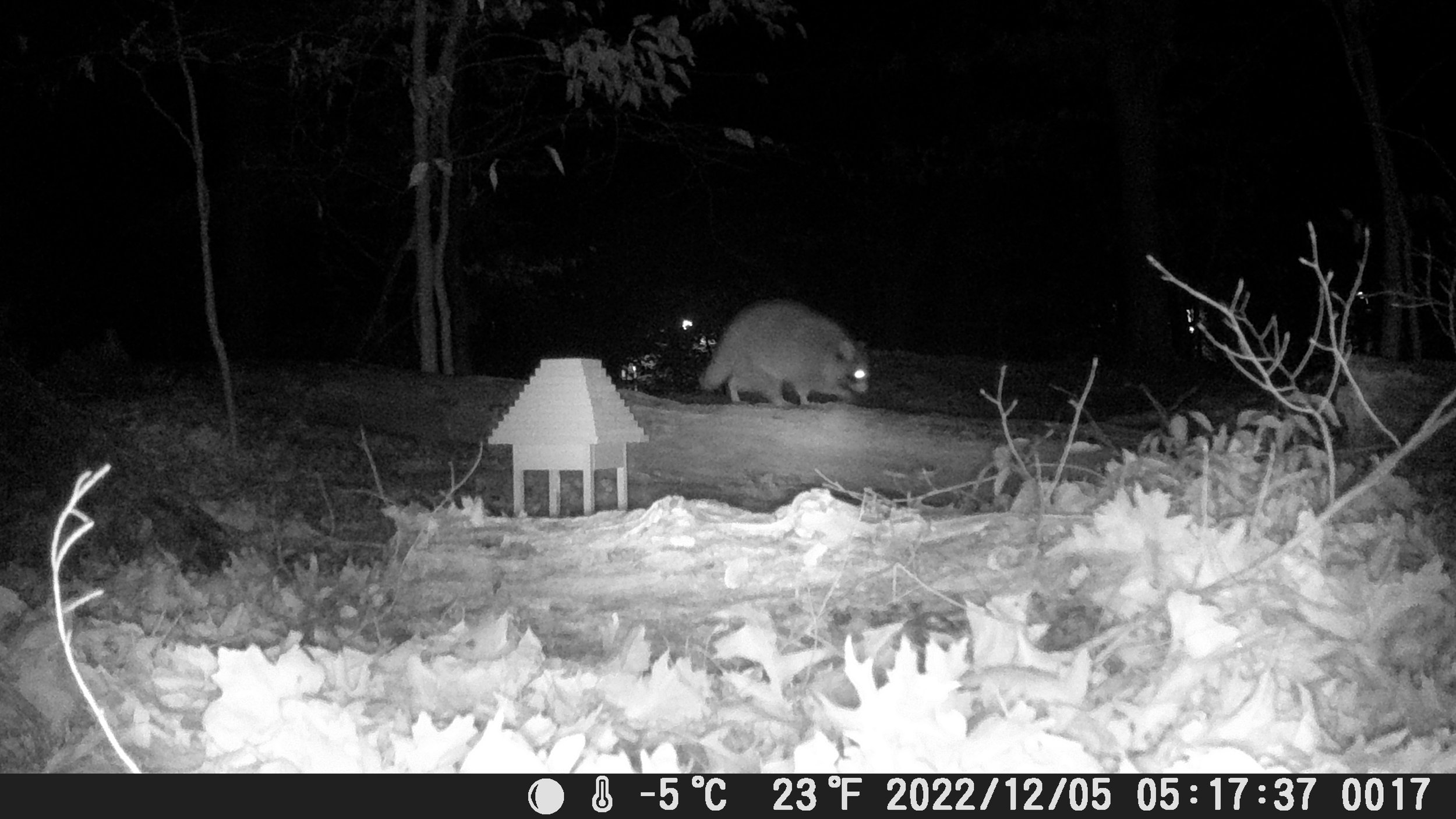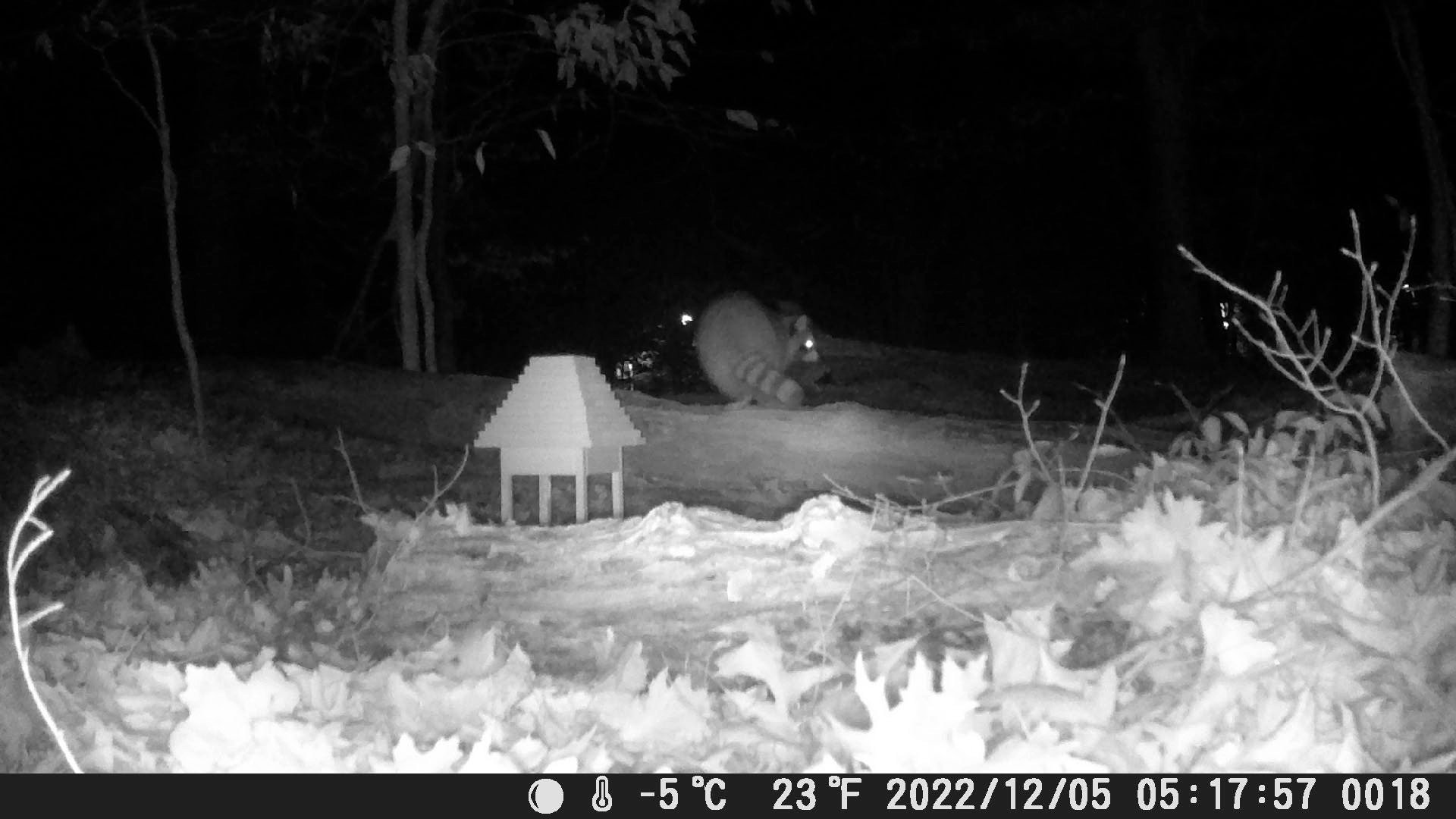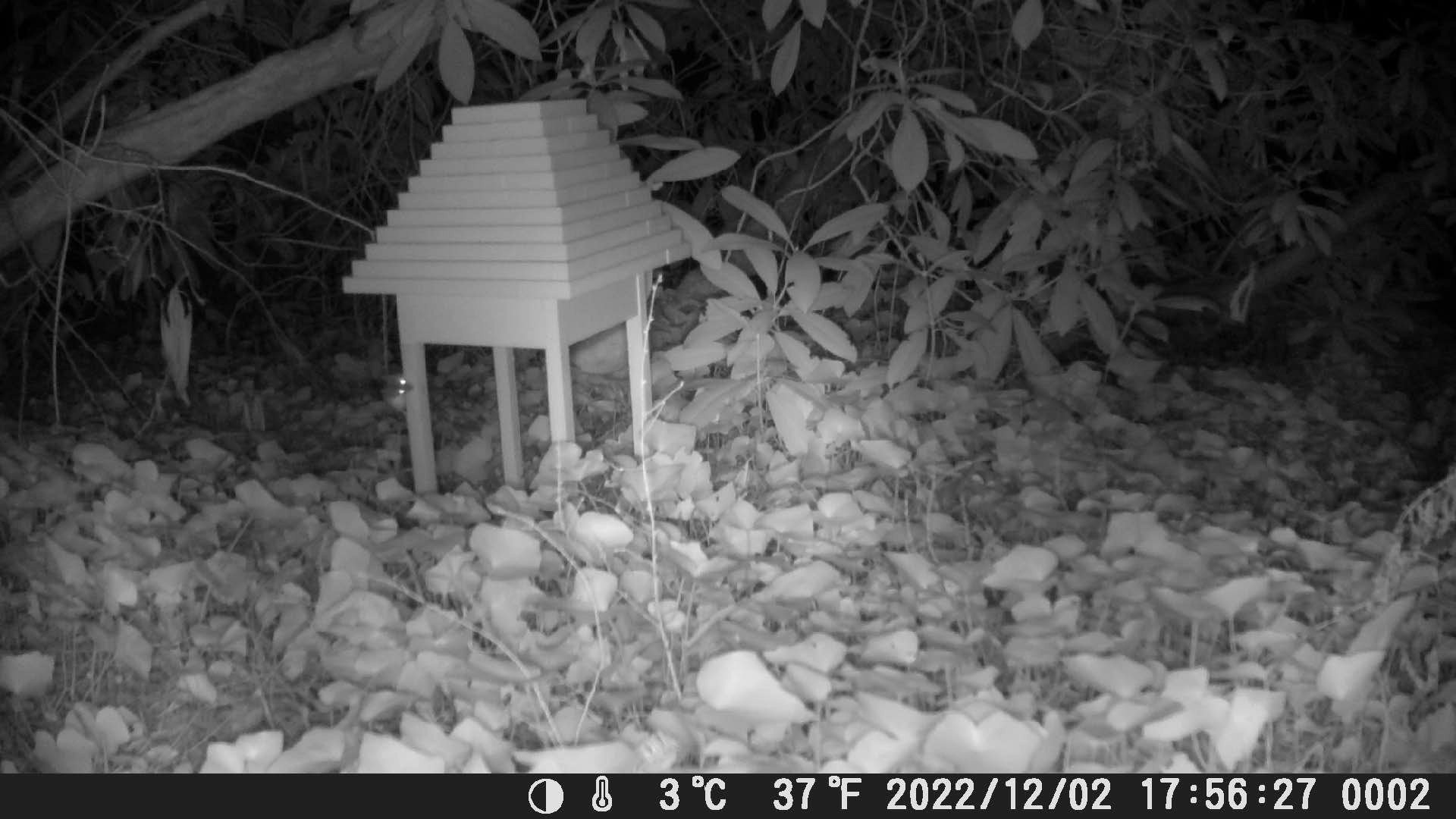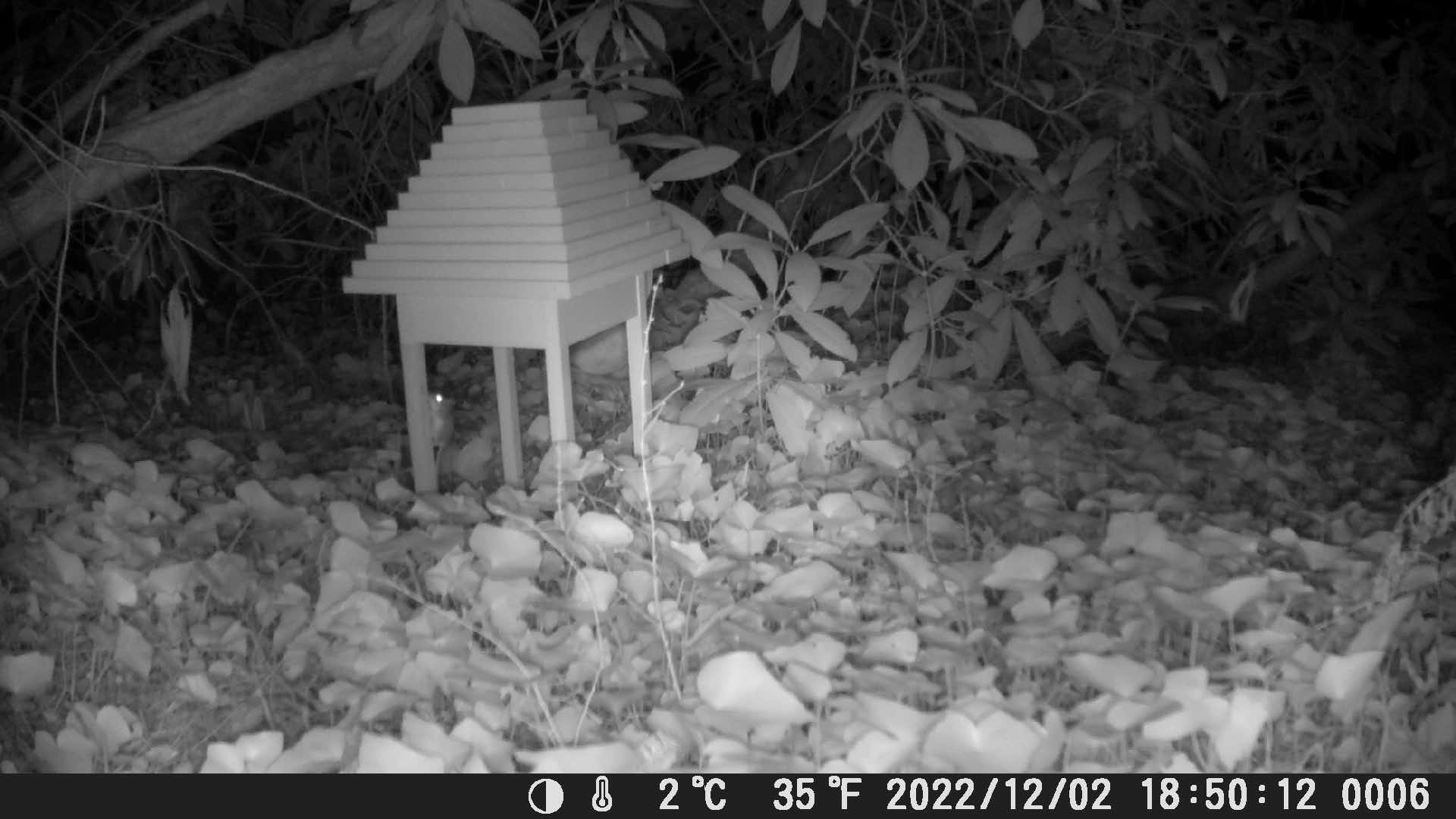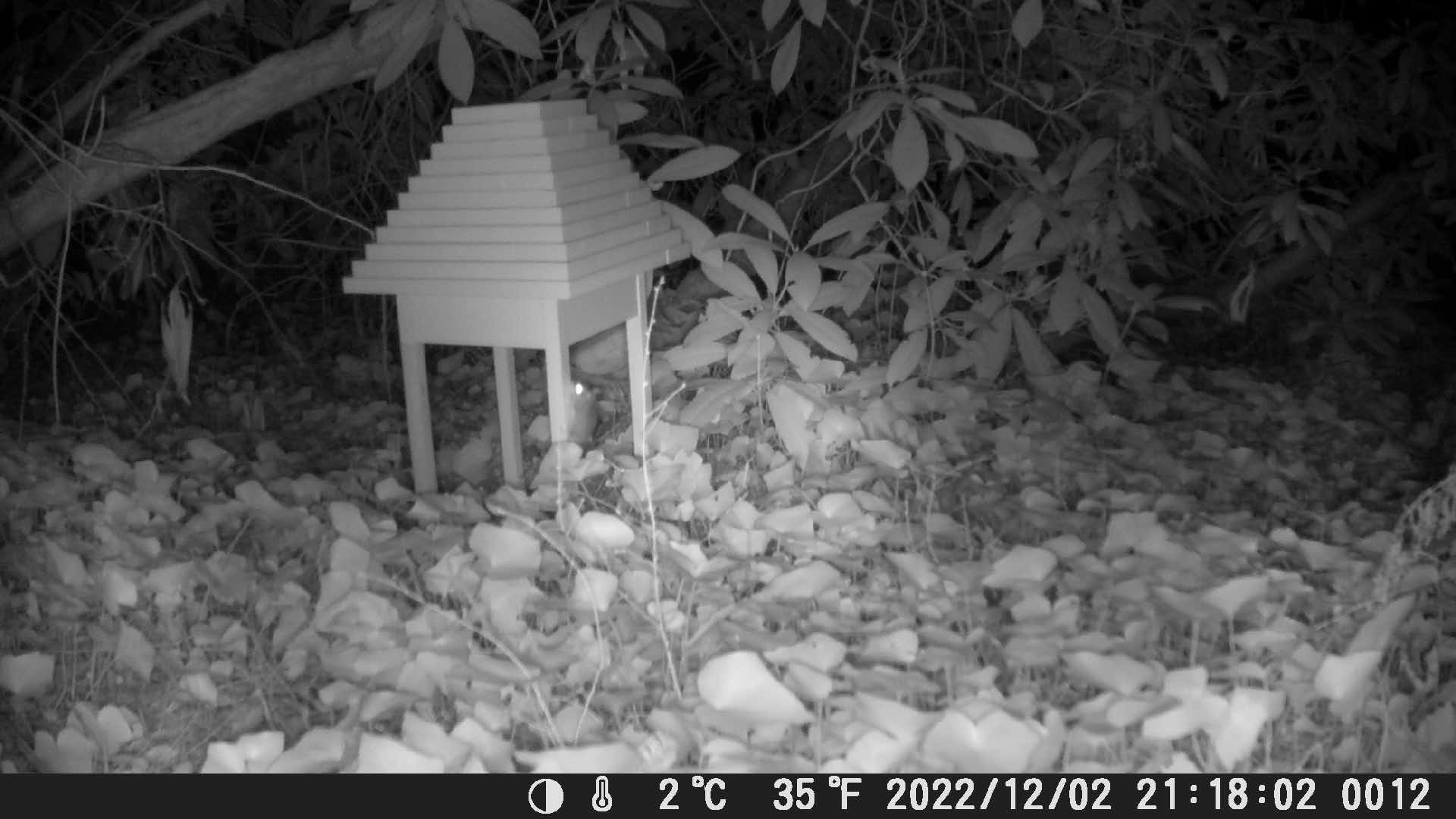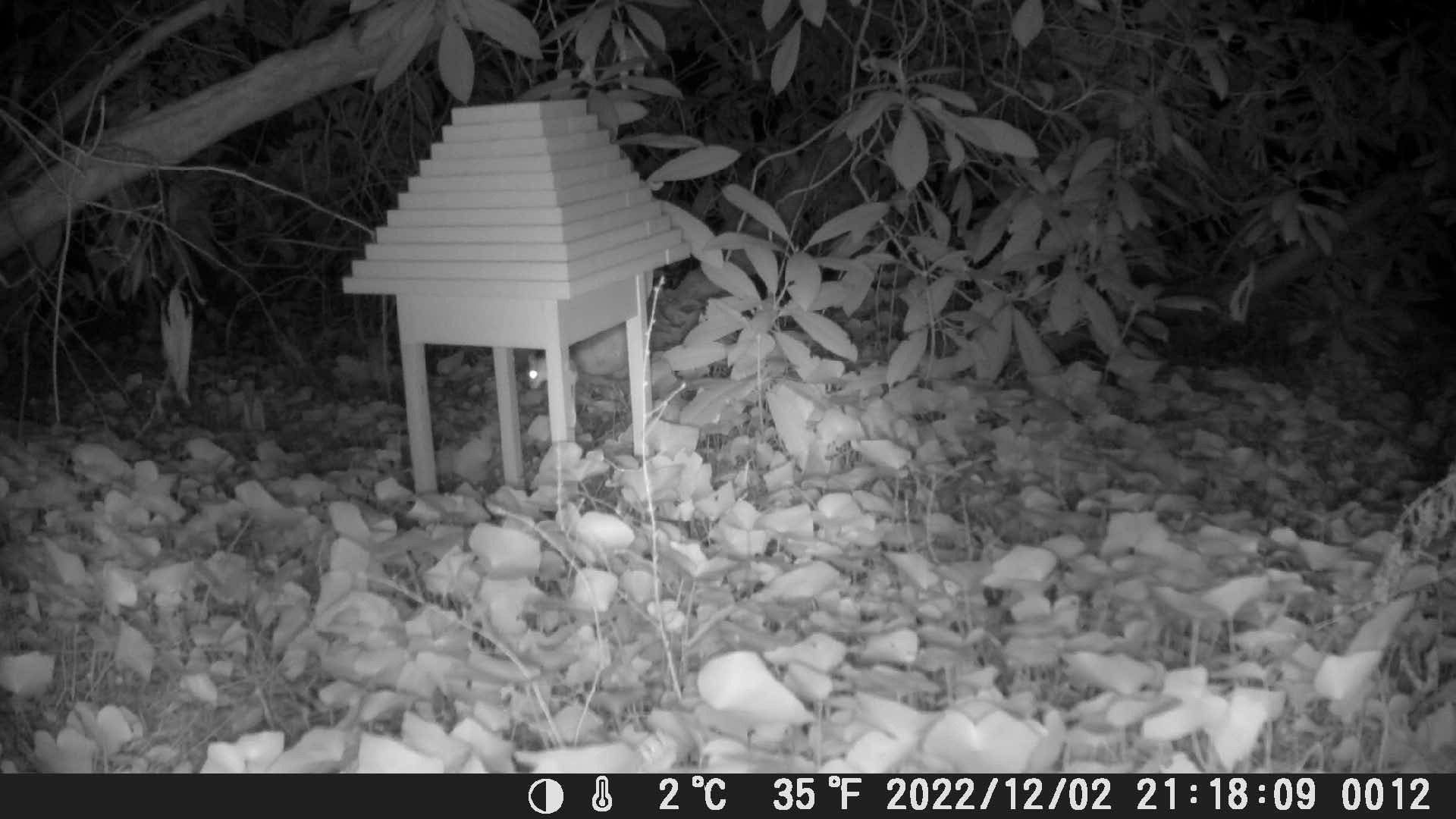Wilderlife
Welcome, and thank you for making it to an orientation session here in our subterranean HQ! Our wilderlife community relies on volunteers like you to make Princeton a better place for all its animal inhabitants, both human and nonhuman. By joining us today, you are becoming a liaison for the wilderlife community, checking in on who’s around your neck of the woods, and helping the town track and manage its sylvan citizens.
So what is wilderlife anyway? Wilderlife lives in the in-betweens of suburbs and highways. Wilderlife shows up at birdfeeders. Wildlife wouldn’trecognize a birdfeeder, let alone trust it. Nature is unforgiving, and as humans fragment the forest to construct shelters for ourselves, we force nonhumans into evermore hostile environments. However, we can simply include our nonhuman neighbors within our communities (they’re already there!), and plan for a future where all Princeton residents can thrive, regardless of their class or genus. That’s where you come in.
You’re going home today with three components for your very own wilderlife center. First, a feeder: what we like to call the squorbel vault. You’ll need to refill it regularly with your second item, a jar of pawpaw peanut butter. This one’s on us, but don’t worry, we have plenty of easy recipes online! Third, a wireless, motion-activated trail camera. The camera will automatically upload images of wilderlife visitors to our central census server, and will even alert you when its battery is getting low! Now, let’s head upstairs to go over the dos and don’ts of setting up your squorbel vault outside…
…see how in Issue 31.
Win Overholser is an MArch candidate at Princeton University. He holds a BS in Architectural Studies from Northeastern University, and has completed his AXP hours twice over at offices on the east coasts of China and the United States.
